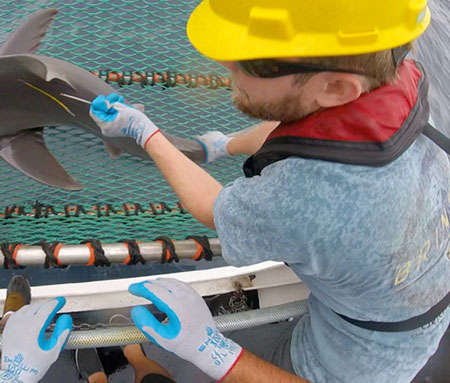My primary research focus concerns the distribution, life history, and management of elasmobranch species. The development of new tools allows us to reassess areas where our knowledge has historically been limited, and much of my research deals with the integration of these technologies into fisheries science. Applying these tools successfully depends on resource managers, industry partners, and outside scientists, and I work with each of these groups to develop and pursue mutually beneficial research pathways. I was raised in Ohio and earned my BS in Biological Sciences at Wright State University studying white shark evolution and sea turtle conservation. I earned my PhD from the University of South Carolina through research into Fourier transform near-infrared spectroscopy (FT-NIRS) and its applications to the ageing of both teleost and elasmobranch taxa. I was fortunate enough during this time to participate in numerous shark longline surveys with both the SC DNR and NOAA and spent every night for multiple summers collecting striped bass research samples from local hatcheries. In my free time I enjoy diving, woodworking, and playing with 3D printers.
In collaboration with NOAA, my current research is on the use of electronic monitoring (EM) technology and machine learning to increase our knowledge of Alaskan shark populations. Species such as the Pacific sleeper shark (Somniosus pacificus) have relatively little known about them, due in part to their rarity and in part to their size. Utilizing EM video, we’re seeking to train algorithms capable of detecting sleeper sharks without the need for manual review. This data would allow us to reexamine catch estimates and allow for more accurate stock assessments.


